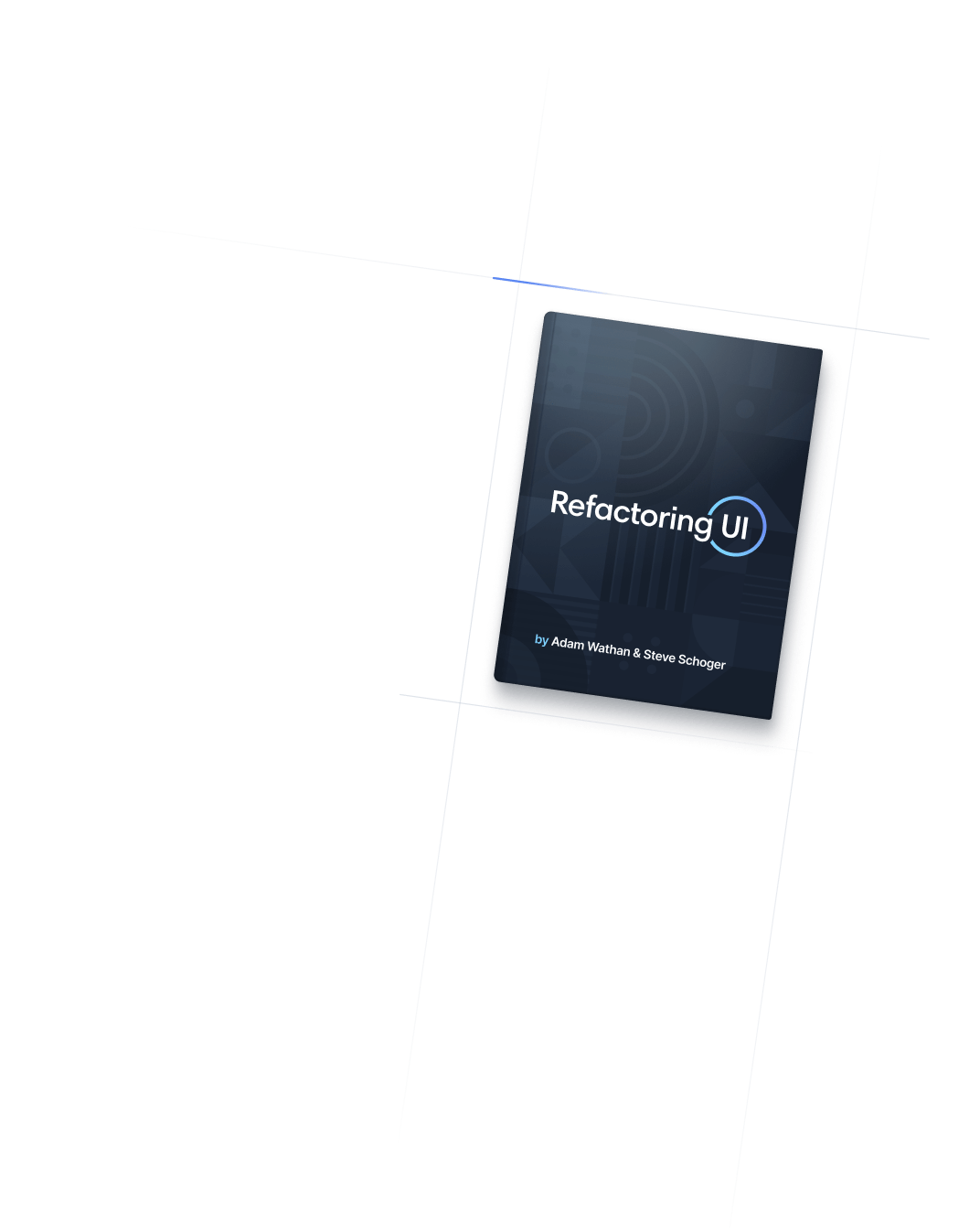
- Typography
- Text Transform
Typography
Text Transform
Utilities for controlling the transformation of text.
Quick reference
Basic usage
Transforming text
The uppercase and lowercase will uppercase and lowercase text respectively, whereas capitalize utility will convert text to title-case. The normal-case utility can be used to preserve the original casing — typically to reset capitalization at different breakpoints.
The quick brown fox jumps over the lazy dog.
The quick brown fox jumps over the lazy dog.
The quick brown fox jumps over the lazy dog.
The quick brown fox jumps over the lazy dog.
<p class="normal-case ...">The quick brown fox ...</p>
<p class="uppercase ...">The quick brown fox ...</p>
<p class="lowercase ...">The quick brown fox ...</p>
<p class="capitalize ...">The quick brown fox ...</p>Applying conditionally
Hover, focus, and other states
Tailwind lets you conditionally apply utility classes in different states using variant modifiers. For example, use hover:uppercase to only apply the uppercase utility on hover.
<p class="capitalize hover:uppercase">
<!-- ... -->
</p>
For a complete list of all available state modifiers, check out the Hover, Focus, & Other States documentation.
Breakpoints and media queries
You can also use variant modifiers to target media queries like responsive breakpoints, dark mode, prefers-reduced-motion, and more. For example, use md:uppercase to apply the uppercase utility at only medium screen sizes and above.
<p class="capitalize md:uppercase">
<!-- ... -->
</p>
To learn more, check out the documentation on Responsive Design, Dark Mode and other media query modifiers.

